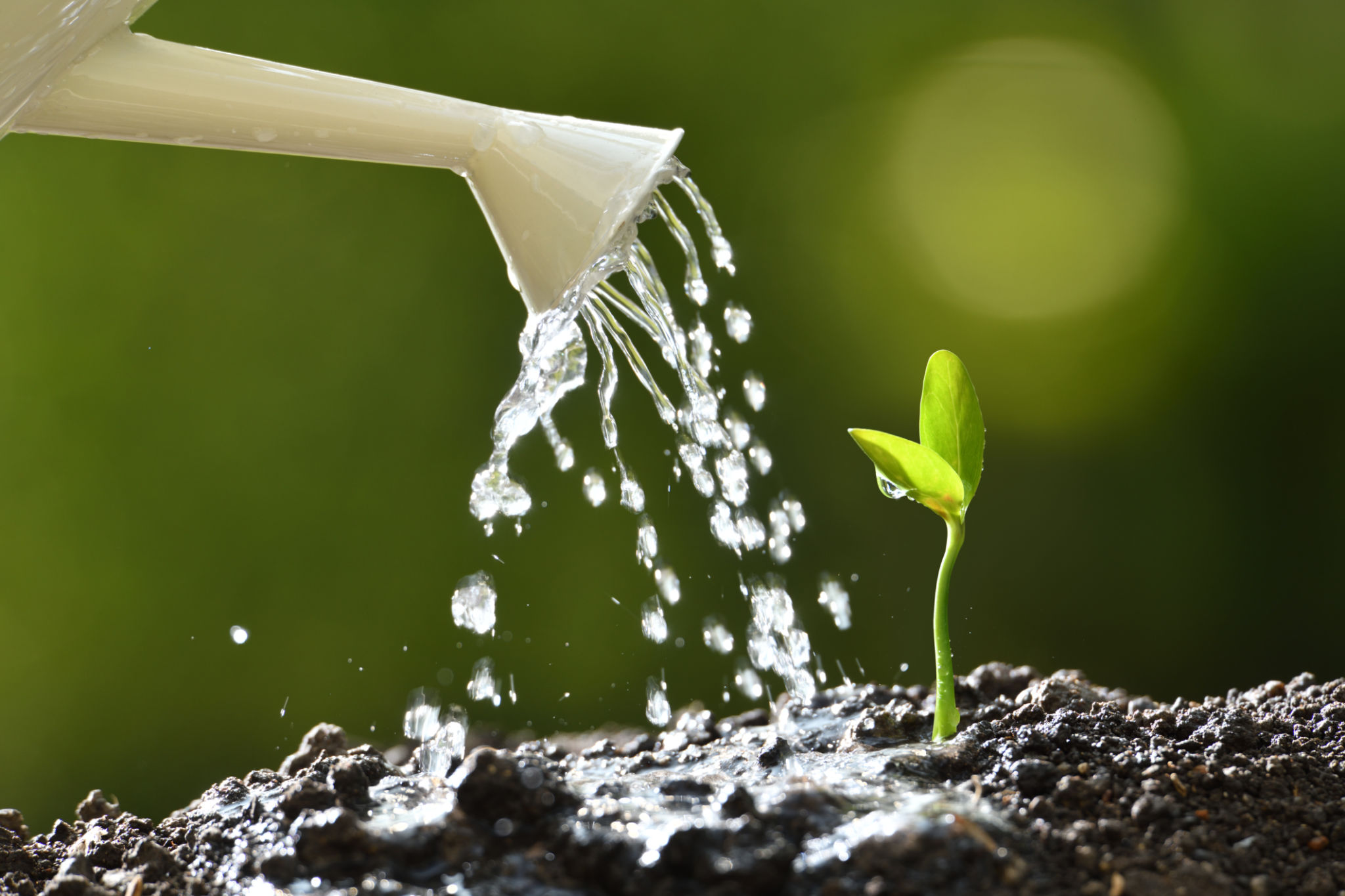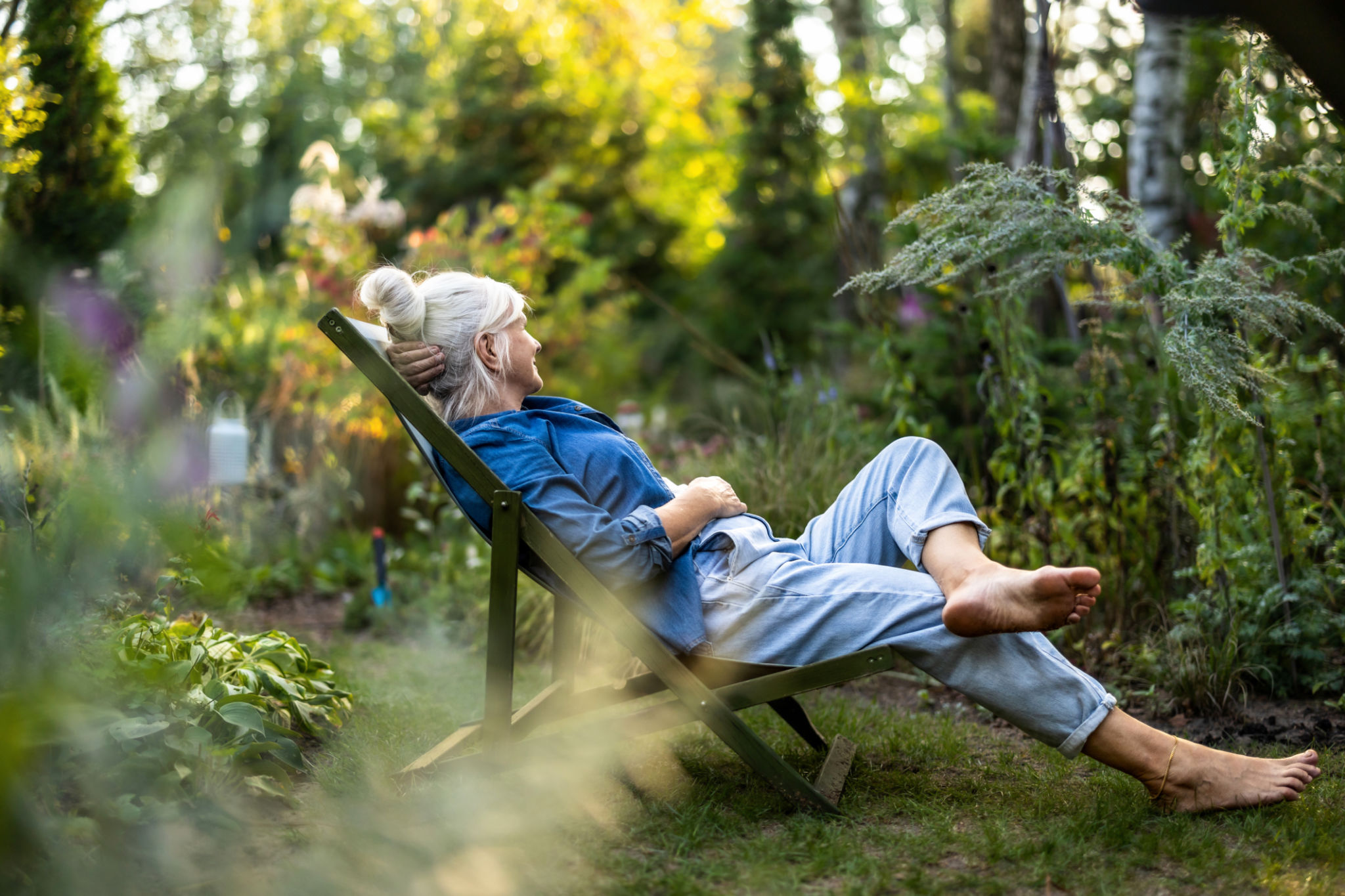Indoor Vertical Garden Setup Tips for Small Apartments
Choosing the Right Space
Setting up an indoor vertical garden in a small apartment requires strategic planning. One of the first steps is selecting the right space. You want to find a spot that receives adequate natural light, as this will be crucial for the growth of your plants. Consider areas like near windowsills or balconies where sunlight is abundant.
Additionally, think about the temperature and humidity levels of the space. Most indoor plants thrive in moderate temperatures and humidity. Avoid areas that are too hot or cold, as this can negatively impact plant health. If necessary, employ a humidifier or dehumidifier to maintain optimal conditions.

Selecting Suitable Plants
Choosing the right plants is essential for a successful vertical garden. Opt for plants that are known to thrive indoors and require minimal maintenance. Some excellent choices include pothos, ferns, spider plants, and succulents. These varieties are not only easy to care for but also add lush greenery to your space.
Consider mixing different types of plants to create a visually appealing arrangement. Using a combination of trailing plants and those with upright growth can add depth and texture to your garden. Ensure that all chosen plants have similar light and water requirements to make care more manageable.

Vertical Garden Structures
The structure you choose for your vertical garden is crucial. There are various options available, from wall-mounted planters to free-standing racks. Wall-mounted systems are ideal for saving floor space, while free-standing structures can be moved around easily if needed.
Consider DIY solutions if you enjoy crafting. You can use materials like pallets, hanging shoe organizers, or even repurposed bookshelves to create unique garden structures. Ensure that whatever you choose is sturdy enough to hold the weight of your plants and soil.
Soil and Watering Considerations
The type of soil you use plays a significant role in the health of your vertical garden. Opt for a high-quality potting mix that provides good drainage and aeration. This helps prevent waterlogging, which can lead to root rot.
Watering is another critical aspect of maintaining an indoor vertical garden. Over-watering is a common mistake that can harm plants. Use pots with drainage holes and consider self-watering planters if you're often busy or traveling. Monitor the soil moisture regularly to ensure you're not underwatering either.

Adding Decorative Elements
An indoor vertical garden is not just about plants; it's also an opportunity to enhance your apartment's aesthetic. Incorporate decorative elements like LED string lights, decorative pots, or small ornaments to personalize your garden. These touches can make your garden a focal point in your home.
Think about the color scheme and style of your apartment when selecting decorative elements. By creating a cohesive look, you can seamlessly integrate your vertical garden into your existing decor.
Regular Maintenance Tips
Regular maintenance is key to keeping your indoor vertical garden thriving. Prune plants regularly to remove dead leaves and promote new growth. Keep an eye out for pests like aphids or spider mites, which can sometimes invade indoor gardens.
Fertilizing your plants periodically can also boost their health and appearance. Use a balanced liquid fertilizer every few weeks during the growing season to provide essential nutrients.

Maximizing Space with Creativity
If space is limited, think creatively about utilizing every inch efficiently. Use shelves to stack plants vertically or hang planters from ceilings if floor space is scarce. Look for multi-functional furniture pieces that incorporate planting spaces, such as tables with built-in planters.
Remember, the goal is to create a lush green oasis without overcrowding your living space. With thoughtful planning and creativity, even the smallest apartments can accommodate a vibrant indoor vertical garden.
Embracing Sustainability
Creating an indoor vertical garden is an excellent way to embrace sustainability in urban living. By growing your own herbs or small vegetables, you can reduce your carbon footprint and enjoy fresh produce right at home.
Consider using eco-friendly materials for your garden setup and practice sustainable watering methods like collecting rainwater when possible. Every small step contributes to a greener lifestyle, benefiting both you and the environment.